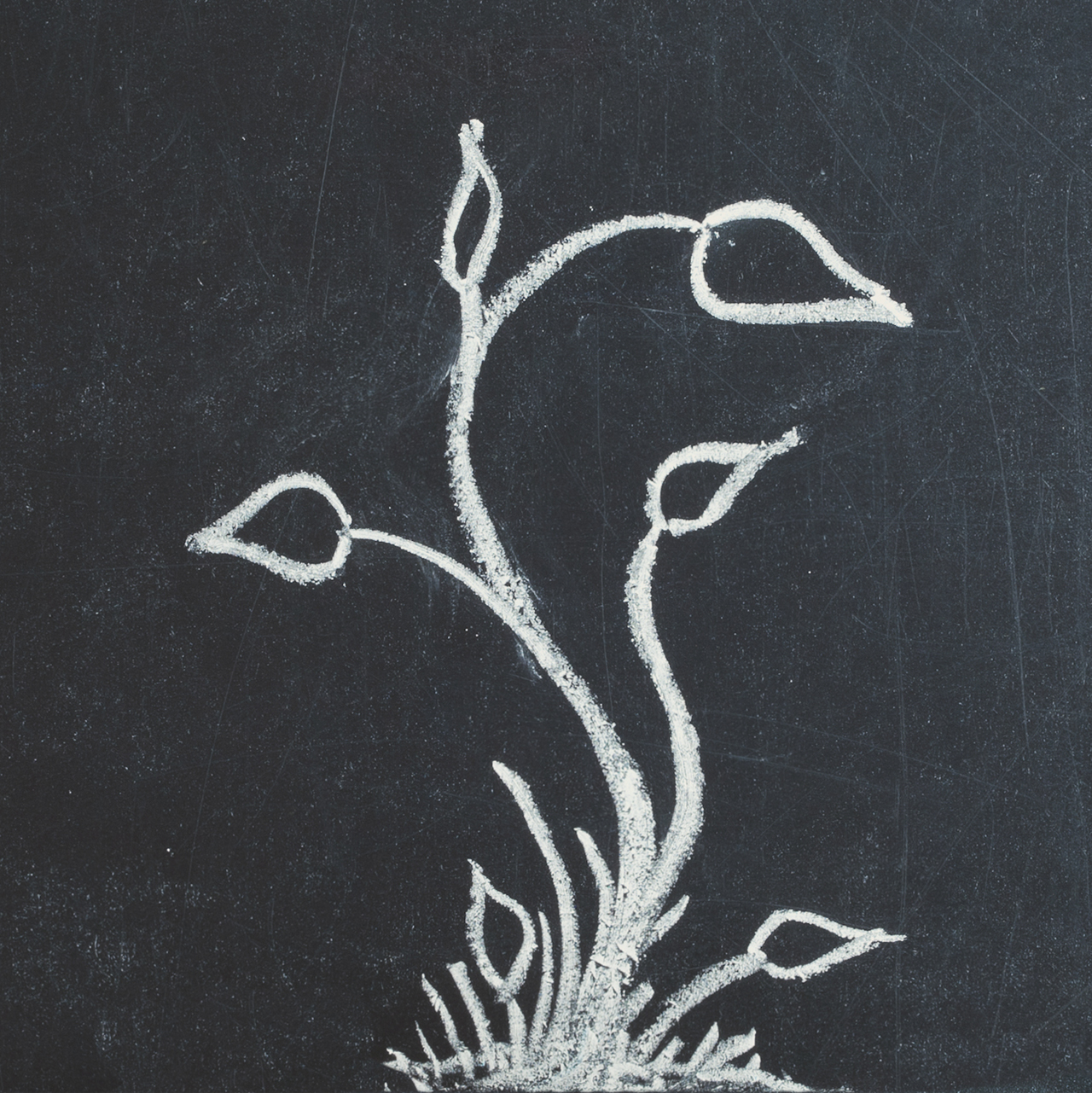
What is Psychometrics?
Psychometrics measures psychology related aspects such as abilities, attitudes, personality traits and behavioural preferences.
To ensure objectivity and validity, psychometric instruments are underpinned by quantitative data derived from, for example, questionnaires.
One of the primary goals of any psychometric tool is to pinpoint differences between individuals in order to determine their personal styles and preferences.

Our Proprietary Questionnaire
Our proprietary psychometric questionnaire
helps people understand not if, but how they are creative.
The instrument is underpinned by five constructs, each of which represents a discrete creative behaviour. They are: the Stimulator, Spotter, Sculptor, Selector and Supporter.
All five behaviours are equally important. None is better or worse than the others; and individuals will have strengths or weaknesses across the behaviours. This represents their creative profile, also known as the Creative ID.

The Development Steps
The items for each of the five constructs were produced by deconstructing the ‘act of being creative’ into statements each describing different behavioural approaches and aspects.
An initial questionnaire was then developed with ten statements assessing each construct. For each statement, the response options ranged from ‘completely disagree’ to ‘completely agree’ on a
6-point Likert scale.
An iterative process was used, with the statements being empirically tested for construct and criterion validity and relationship to other factors. We did this via three separate studies.

Study Participants Profile
• 931 people, approx. 50/50 gender split
• Working for 11 multinational companies
• Across Marketing, R&D, HR and Finance
• 1 / 3 were in supervisory roles, 2 / 3 were not
• Age range: 20 to 73 (mean age = 38 years)
• 50% from the UK and 50% from Europe,
North & South America, Asia and Africa

Construct Validity
The iterative process of generating items, testing their factor structure and reliability, removing unsuitable items, then producing an amended version for further testing, has led to a tool with good internal reliability.
A factor analysis of 548 participants in the most recent data set produced the desired five-factor solution, with each archetype having a good Cronbach’s alpha of internal reliability of above 0.7 as follows: Stimulator (0.88), Sculptor (0.81), Selector (0.80), Spotter (0.79) and Supporter (0.79).

Relation to other Studies
Validity was also tested by how the constructs relate to other indicators. From the ‘Big 5’ personality model, ‘Openness to Experience’ is the dimension most closely related to creativity.
As expected, analysis shows that ‘Openness’ is significantly correlated with the Stimulator, Selector and Spotter (r = .34, .21 and .28, all p<.05 and n = 165). Validity is shown between the Supporter and the 'Big 5' trait of 'Agreeableness' (r = .61, p<.05). This makes sense since Supporters are people-focused.

5 Styles & Performance
The psychometric tool also shows good criterion validity in terms of predicting innovation performance in the workplace.
We asked respondents to report how often they had generated new ideas (four item scale, alpha = .86) and implemented those ideas at work (four items, alpha = .79) in the past six months.
The five creative styles are positively and significantly related to both aspects of performance (r range .29 to .50, all p<.05).

Traits versus States
Personality traits are consistent behavioural characteristics that rarely change. Behavioural states are influenced by a person’s situational context.
A helpful analogy is to think of traits and states like the difference between climate and weather. Countries with a warm climate (traits) can still have cool days (states).
The five constructs are grounded in traits but can also be state dependent. This means that, through conscious effort, you can boost your least preferred creative style(s).